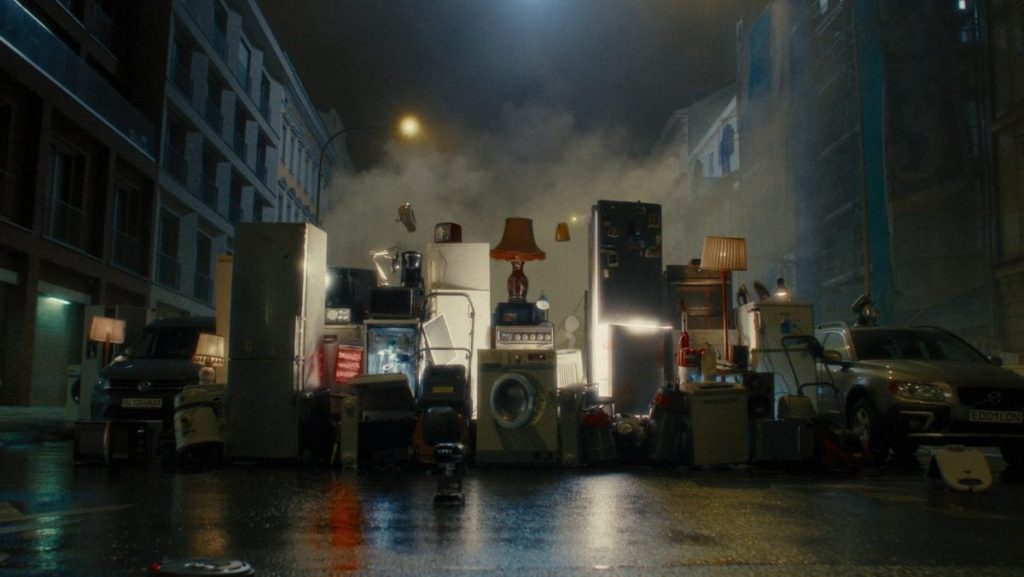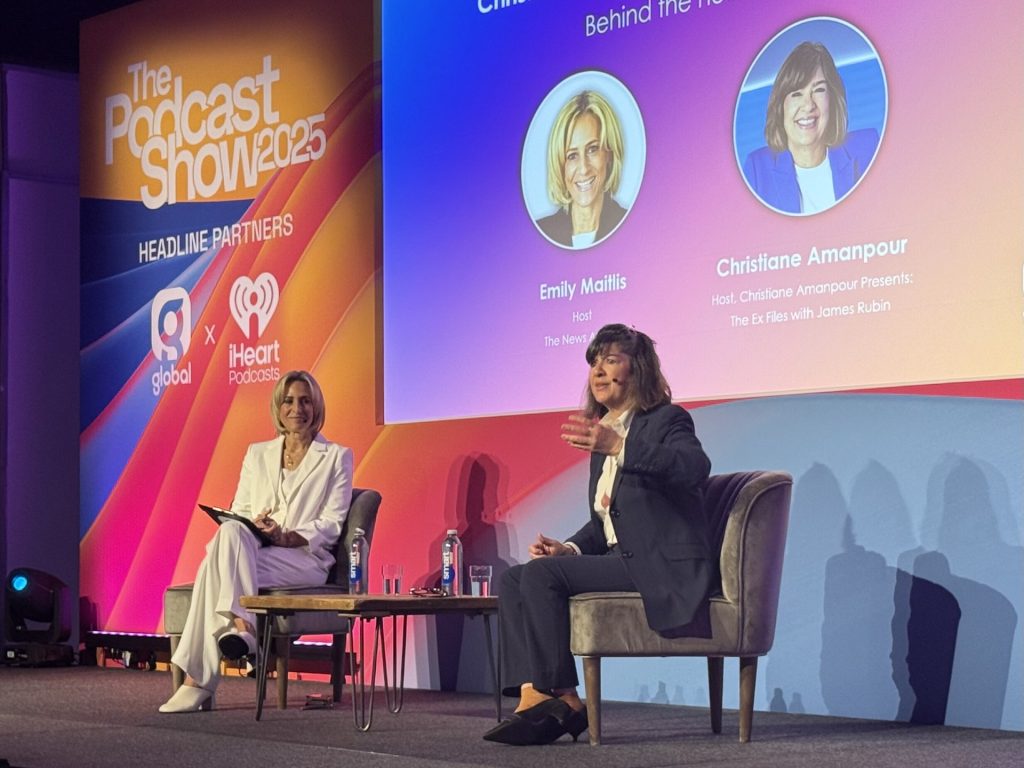
Radio Bite: Planning your campaign

Radio is a powerful and often underutilised platform for advertisers. During these unprecedented times our Radio Bites series will give compelling reasons for brands to continue to be heard on the airwaves and why consumers will be listening.
Our recent research shows that more people than ever have been tuning into more radio and our Bounce-Back research suggests those ‘newly working from home’ are more likely to be staying at home in the near future. With many more people at home tuning into the radio for longer, advertising on radio is reaching more ears than ever. We’ve previously discussed the ease and cost-efficiency of advertising on radio and have highlighted how different sectors will benefit whether it’s FMCG brands or Automotive and highlighted how quick and easy it is to create a radio campaign.
The next step would be planning your campaign, and we have lots of information, tools and research to help you to do this. When planning a campaign there are 3 key things to consider:
- Deciding the role for radio and defining your budget
- Choosing your advertising format and station mix
- Using tools and inspiration to get the creative right
We have a dedicated section on our website that will take you through the steps of planning your campaign to ensure maximum effectiveness from allocating budget to using branded content to creative ideas and a selection of tools to help you use radio advertising more effectively including our Radiogauge Predict tool using all of our Radiogauge data to help you understand the effect radio can deliver for your marketing mix with examples of the best performing radio ads.
If you’re looking into how you can get the most out of your next radio ad campaign, just follow these 5 steps below to create an effective campaign.
- Nominate a clear role for radio within the media mix (remember its strengths for outreach and brand-building)
- Focus on building weekly reach over frequency to optimise results
- Use or develop consistent brand audio assets to drive recognition (e.g. music, voice, strapline)
- Allocate sufficient budget to radio to achieve your desired goals (aim for 20% of total budget)
- Consider how you will measure radio’s effect within the mix



